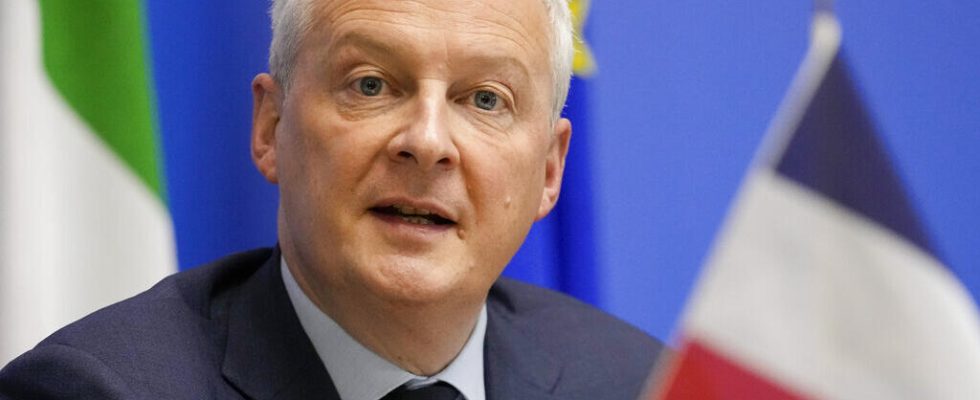Continued growth has reduced the weight of France’s public debt and deficit in 2022 compared to gross domestic product (GDP). But public debt has increased in absolute value, approaching 3,000 billion euros, as indicated on Tuesday, March 28 by INSEE.
Economic Growth of 2.6% recorded last year in France made it possible to reduce public debt to 111.6% of gross domestic product (GDP), against 112.9% in 2021, in accordance with government expectations.
France’s public debt, which increased massively with the health crisis and then inflation exacerbated by the war in Ukraine, however increased in absolute value by 126.4 billion euros compared to 2021, reaching 2,950 billion euros, detailed the National Institute of Statistics (Insee).
However, the public deficit is doing better than expected, at 4.7% of GDP in 2022 against 6.5% the previous year, falling below the 5% target that was displayed by the executive. In value, it stood at 124.9 billion euros, benefiting from revenue remaining “dynamic” with an increase of 7.3% to 95.7 billion euros, according to INSEE. Revenue reached 53.4% of GDP, from 52.6% in 2021, while expenditure fell to 58.1% of GDP, from 59.1%.
Bruno Le Maire salutes the “ resilience » of the French economy
The Minister of the Economy, Bruno Le Maire, hailed the ” resilience of the economy that led to this improvement, while reaffirming its ” determination (…) total to restore public finances. Because if the public accounts look a little better in 2022, the public debt and deficit remain much higher than their pre-crisis level in 2019, due to the massive “ no matter what » deployed by the government to support households and businesses.
To restore public finances, the government is counting mainly on a faster rise in GDP than that of expenditure, which would be subject to ” several billion euros in savings in the 2024 finance project (PLF). It plans to present its multi-year trajectory for public finances around mid-April. At this stage, it is counting on a public deficit of 5% in 2023 which would gradually be brought below the European limit of 3% in 2027, while the debt would stabilize at 110.9% by this horizon.
(With AFP)
